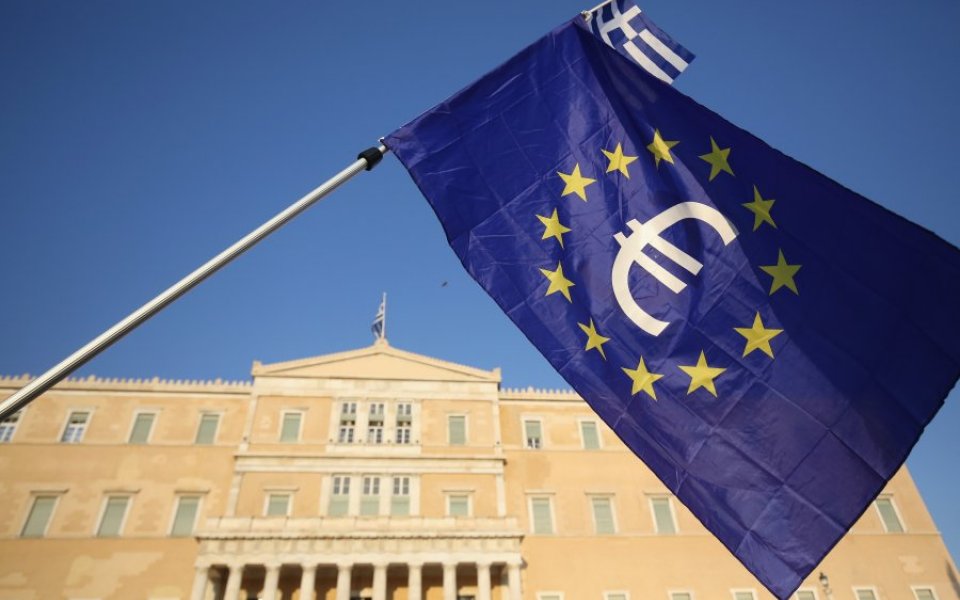The biggest economic stories of 2015 and 2016 – Investec Comment

Seven years after cutting them to record lows, last week, the US Federal Reserve finally put speculation to rest about when it would begin the process of increasing interest rates, announcing a small 25 basis points rise. This was hardly a surprise: it was almost completely factored into markets, so the real question was over the hints the Fed would give about how gradual further rate hikes would be.
But what are the other most significant economic stories of the past year, and what should we expect for 2016?
The Fed hike confirms one of the biggest trends of the past year: the increasing monetary policy divergence between the US and Eurozone. While the US is tightening, the ECB launched QE in March, has subsequently extended it, and has also cut interest rates further into negative territory. This divergence has weakened the euro considerably, and has been important for the UK too. Sterling has continued to climb against the euro, and that’s made life tough for exporters – particularly since the Eurozone accounts for about 50 per cent of total UK exports.
Another big story has been the tentative revival of the Eurozone economies, with former problem countries like Ireland, Spain and even Italy raising growth forecasts. While the Greek debt crisis re-emerged, there was little contagion (unlike in previous flare-ups), and the fact that the crisis was contained shows that it has moved from being systemic to idiosyncratic. Similarly, a widespread populist backlash against austerity policies has not materialised. Syriza was re-elected twice in Greece, and Portugal now has a socialist government propped up by parties of the hard-left. But we haven’t seen a consistent drift.
In the UK, the Conservatives’ surprise re-election with a majority in May is part of this picture. Both parties of the former coalition had built up credibility with investors on the fiscal side, and the fact that the Conservatives were returned reassured markets. But more broadly, it showed that political surprises can crop up anywhere, in any shape or form.
China will continue to be extremely relevant in 2016. More important than the market correction this summer (few people paid attention to the staggering rally earlier in 2015) will be the continued rebalancing of China’s economy. There is little transparency about what is going on, however. Traditionally, we might have tracked industrial production, cement production and the like, but services are becoming increasingly significant – and this goes largely unmonitored. We think the slowdown and rebalancing will turn out to be more benign than some of the more gloomy commentators believe, but no one really knows for sure.
The climate for commodities, including oil, will likely continue to be weak, though in the absence of any further great price falls, previous declines should drop out of the inflation figures in the coming year. But there is still some risk that persistently low inflation – or deflation – will affect consumers’ mindsets, and push economies into a deflationary spiral.
Finally, the big risk for the UK will be the potential for Brexit. We fully expect the Prime Minister to call a referendum next year and, if Britain decides to leave, the implications will be fundamental – both in terms of how the markets view the UK and for the economy itself. It’s difficult to precisely weigh up the risk that voters will choose to leave and, given the political uncertainty we’ve seen in 2015, I’d be wary of taking any vote for granted.